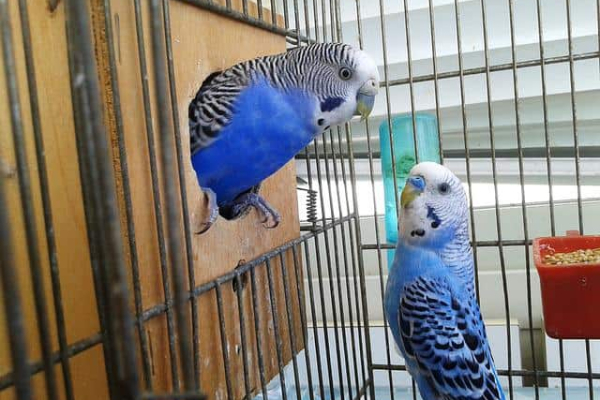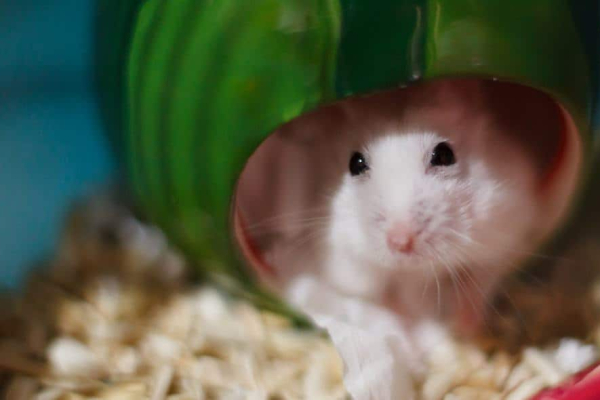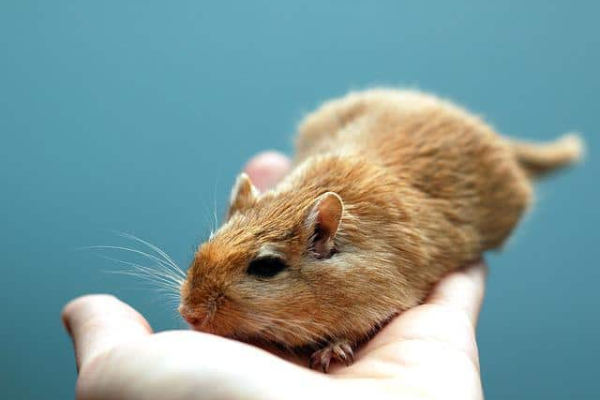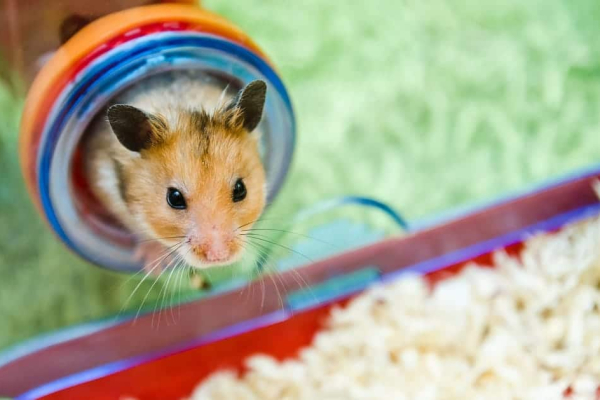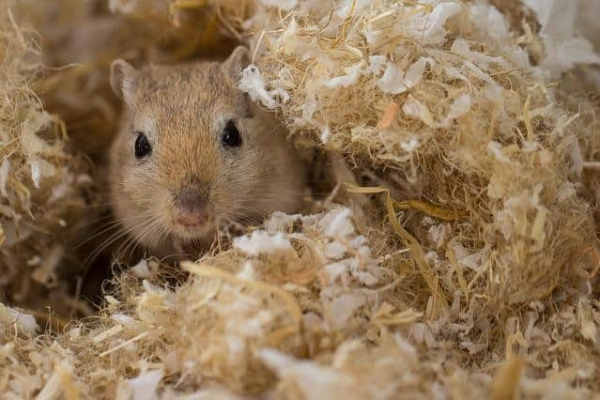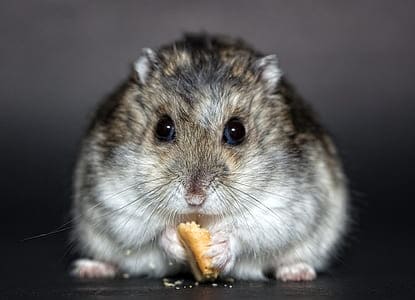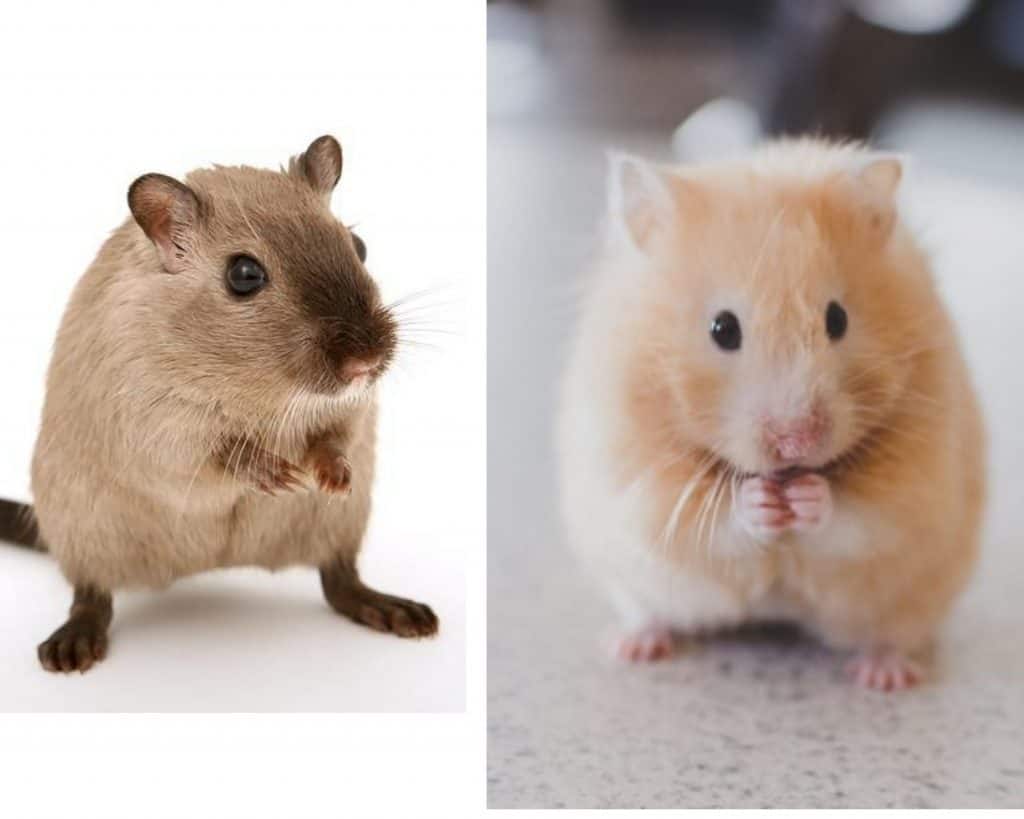
It would seem logical that gerbils and hamsters could live together. They are both rodents, and they are quite similar in shape and size.
[toc]
The gerbil and the hamster cannot live together. They are actually quite different. The individual needs, their personalities, and the proper care that needs to be given to each make it dangerous to have them together.
Socialization
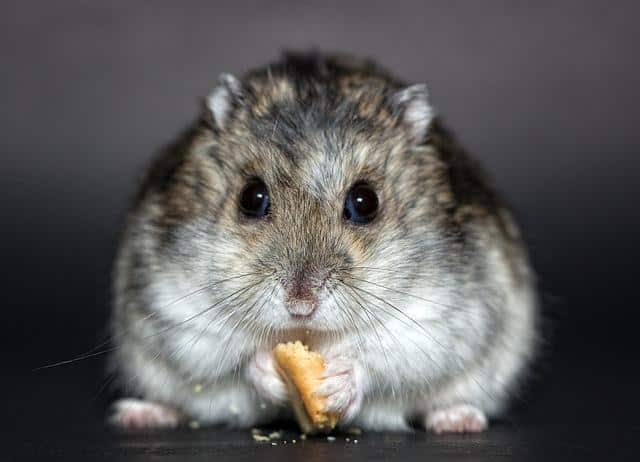
Gerbils are social animals and are accustomed to living in groups. Hamsters on the other hand are more solitary creatures. Hamsters are territorial animals and will attack other animals that come into their area. The gerbil needs stimulation almost constantly. Without the mental and physical and emotional stimulation, the gerbil will become depressed and could develop other health issues.
The two should never be placed in the same cage for any amount of time.
Sleeping Habits
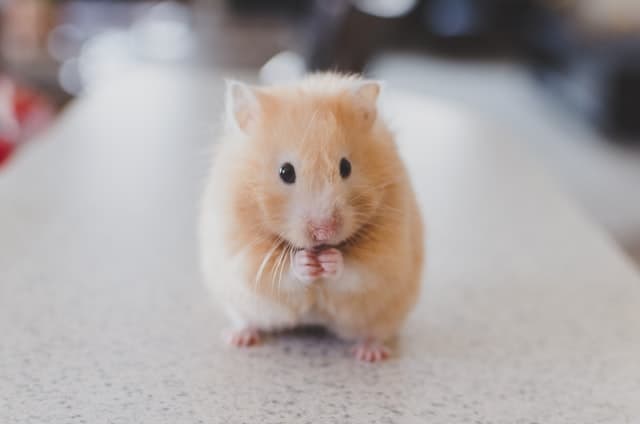
The gerbil often remains very busy during the day. Therefore the gerbil will sleep at night.
Hamsters, on the other hand, are serious nocturnal creatures. They find joy, I imagine, in keeping their owners awake at night.
Nighttime is the time that a hamster is up and running and very busy. They will eat, run around and play, use the exercise wheel and squeak. If you are a light sleeper, I would highly suggest that you do not keep a hamster in your bedroom, unless of course you work all night and sleep during the day. The hamster would be a perfect pet for you.
Diets
Between the hamster and the gerbil, their diets are quite similar. No matter which animal, they both need a balanced diet. They need pellets, commercially sold, fresh fruits and vegetables, they also need hay.
Gerbils do suffer from gastrointestinal issues more often, they should be fed smaller amounts of food. Leafy greens and fruit could instigate these further.
Housing

As mentioned, gerbils should be housed in pairs. They are sociable animals that need companionship and stimulation with each other. The same-sex pairs are ideal for the house together.
Hamsters will be great housed with other hamsters. Hamsters are territorial rodents. They are better with other hamsters, and will likely have less conflict.
It is important to consider breed and sex when choosing hamsters.
Roborovski hamsters are the smallest of hamster breeds. They are best suited for a family who prefers to just watch the hamster, rather than holding it. They have a diminutive size, only 2 inches. These little guys are incredibly fast and would not make a good pet for those who want to hold a hamster.
Roborovski hamsters should be paired as they thrive when they are housed together. However, they should not be paired with different breeds.
Their diet should consist of commercial pellets and a tiny amount of fruit and vegetables. It is not wise to give a Robo hamster both fruit and vegetables each day. This will cause intestinal distress. Rotate the foods each day to prevent the issues.
The Roborovski hamster should be kept in a room that is well lit, and has a temperature between 64* and 80*, they should also be away from windows. These hamsters are very quick and agile and are masters at escaping.
When placed in a cage with other breeds, the Rob hamster is at serious risk due to its size. Even if the Roborovski is able to get away from another breed of hamster, there will be scratches and injuries, or it could be fatal.
It is recommended that no more than three of the same sex hamsters be housed together. If you mix the sexes, you are sure to have lots of baby hamsters running around. Three or fewer will be ideal for the hamster. More than three is capable of leading to fighting and hostility between one or all of them.
Due to the size of these hamsters, do not use a cage, an aquarium or glass tank is better for them to live in as it holds less possibility for escape.
Combinations
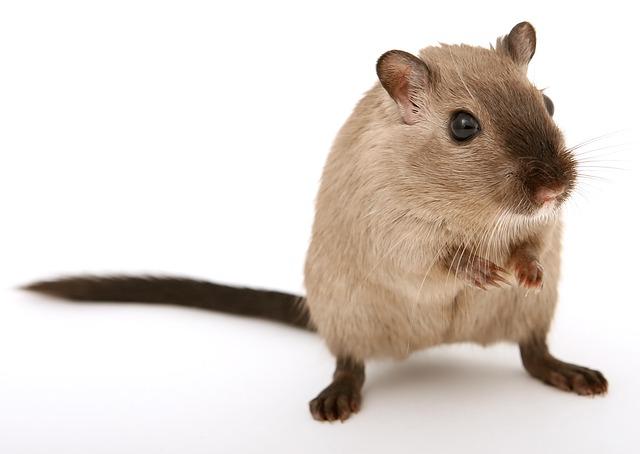
Certain breeds of hamsters can be housed together by way of the slow introduction. This will not work for all breeds, however.
When it comes to Gerbils, it is never a good idea to mix the breeds without a slow introduction. Some gerbils may take to the new friend, while others will have nothing to do with it. This can lead to fighting and possible death for one or both. Although they too are territorial, they are not quite as bad as a hamster. At least the gerbil is not known to eat its own kin.
Being sociable, gerbils can and often will live in colonies of up to 20 other gerbils. However, it is important to know that a gerbil who smells different from the others in the cage will be attacked and likely killed. A gerbil will base a possible enemy on smell mainly.
However, a gerbil is known to protect its own kind. Most importantly, their immediate family. Gerbils are often considered much more mellow than a hamster and may be easier to tame. When just a baby, the gerbil will be skittish, but not as much as the hamster. The gerbil will get used to your scent and actually enjoy coming to you in time.
Gerbils, just like the hamster, require plenty of stimulation. They love to burrow, climb through tubes and run on a wheel.
The biggest difference between the Gerbil and the Hamster is that a gerbil must have at least one other gerbil. The hamster is happy being alone. This same loneliness can cause depression and health issues for a gerbil. A gerbil will be much happier in captivity if it has a friend with it.
A hamster and a gerbil are distinctly different animals. They look different and also act differently.
The hamster can get by with a 7-inch wheel, however, as the gerbil grows, it will need a larger wheel. A gerbil’s tail is sensitive. If, by accident or from being pulled, a gerbil’s tail can fall off due to injury. This is painful for the gerbil. The tail could get stuck in the wheel, a cage door or by being grabbed.
Another big reason for keeping a gerbil and the hamster apart is their internal clocks. The hamster is a nocturnal creature. Meaning the majority of his playing and running is done at night. This is going to irritate the gerbil and fights could ensue.
The same goes for the gerbil who is up most of the day. He is running around, playing, squeaking and making all kinds of noise. This in turn is going to make the hamster irate since he wants to sleep all day.
Health Risk
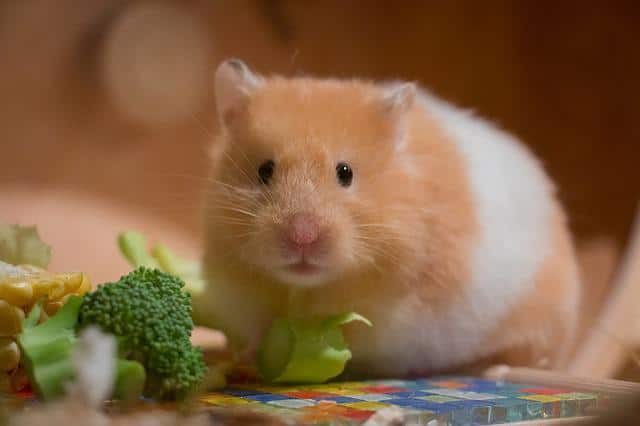
Both hamsters and gerbils can have rabies and pass it to humans. This is true for other diseases also. Hamsters can cause health risks for humans. Lymphocytic choriomeningitis is a viral infection of the brain, spine or the membranes around each.
The LCM is a common virus that is carried by pet hamsters or house mice. It usually affects young adults. It is spread by inhalation of dried urine, faeces or saliva that is airborne. The incubation period is normally one week, however, it can take up to 3 weeks.
To prevent this disease, it is best to keep the children away from mice and hamsters. The cage or housing of your hamster should be cleaned routinely. The disease is diagnosed by blood work done on the person. The prognosis is good. A child or young adult will heal completely the majority of the time. Some severe cases may need hospitalization.
Hamsters may also carry Salmonella. This is an intestinal bacteria that will cause intense, but short bouts of illness in adults. Gerbils are not free of these intestinal bacteria that can be passed from animal to human. A gerbil can carry a multitude of problems such as:
- Salmonella
- Hantavirus
- Tapeworms
- Pinworms
- Leptospirosis
Although some of these are more difficult than others to pass to a human, it is still possible. Precautions should be taken.
If you or anyone in your family feels ill, and you suspect that it may have come from a gerbil or hamster, call your physician immediately. They will want to know any and all symptoms, when and how they occurred, such as a bite, or breathing in when cleaning the cage.
Any bite, even if you consider it to be just a nibble, should be washed immediately, sanitized, use as a disinfectant, and covered with a waterproof dressing. This care should be taken often to eliminate any possibility of a viral or bacterial infection is passed.
Hamsters and gerbils are adorable little animals. Most of the time they make a perfect first pet. Small children should not be given such small animals to care for as their small size makes them vulnerable to injuries.
You should never put a Gerbil and a Hamster in the same housing. They have much too different personalities and mannerisms. One is more territorial than the other and will have no qualm about killing the other if it is in his space.

